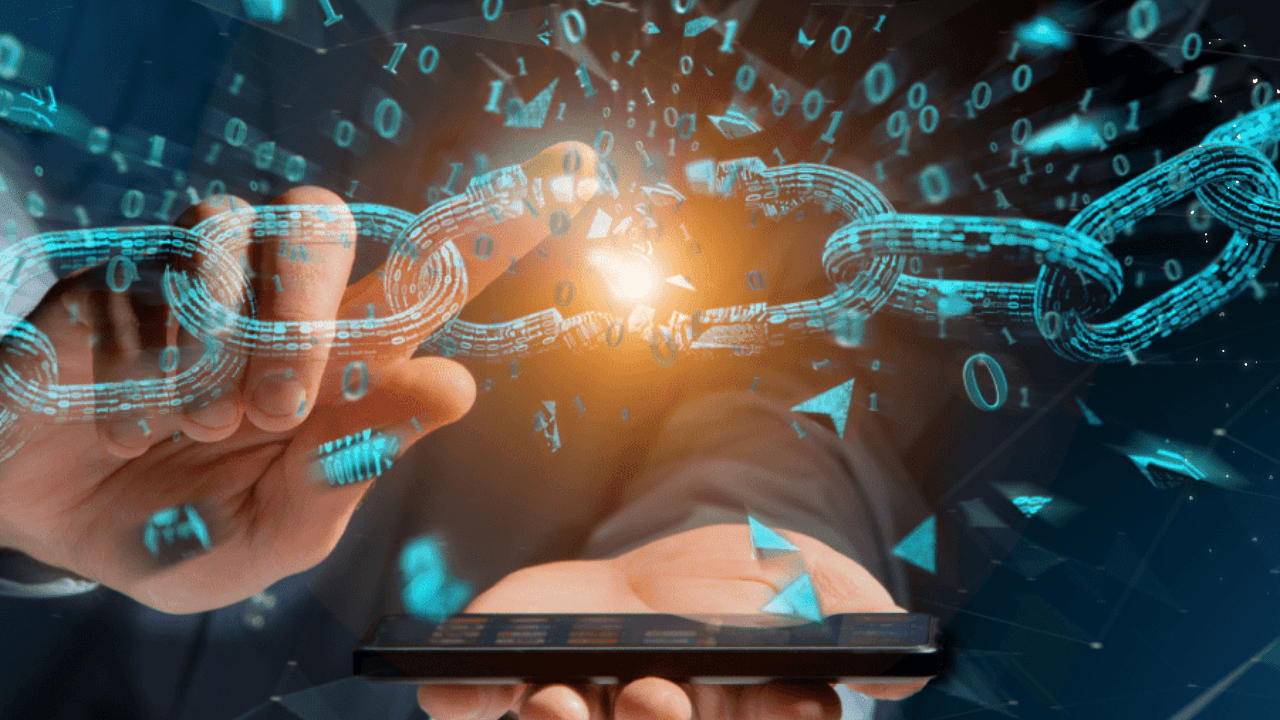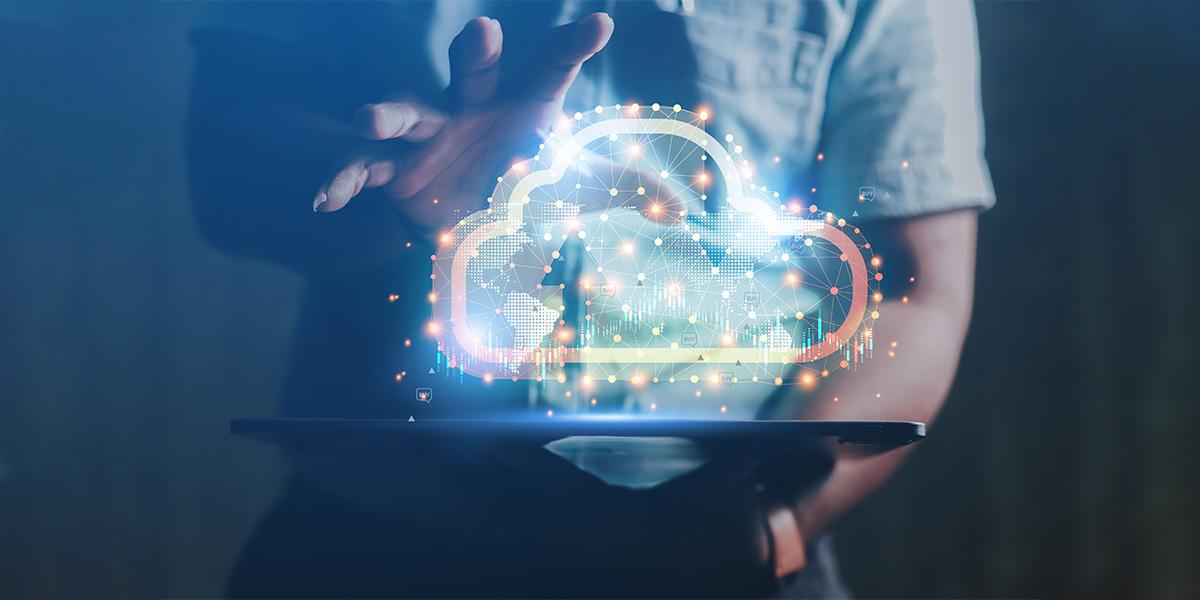
An emerging technological ecosystem, the next generation of the Internet, promises to change things in the business world, both physically and digitally; Web3.
Going beyond any of the singular technologies we’ve seen, Web3 is not just an isolated technology but a convergence of different technologies. Supporting them all in a spirit that is established to empower the consumer and strengthen the relationships between brands and their consumers.
Fundamentally changing the way we all do business, as well as our connection to others, what exactly is Web3 and what does it mean for business in the years to come?
What is Web3?
Web 1 was the original, and essentially a “read-only” Internet that connected computers around the world. This evolved into Web2, now often known as the read-write Internet. This evolution saw the addition of a wide range of new features, from a vast new range of content and connection options to streaming news, live streaming, social networking, online shopping, games, and increasingly elaborate web applications. .
Web2 is the current status quo; it is the version that is currently in use. Everyone has the ability to create and share content across various platforms, many of which are controlled by individual platform companies.
Web3 is the next big evolution of the Internet. Like the metaverse and often referred to as the read-write-own Internet, Web3 will create a bridge between the physical and virtual world by enabling transactional and ownership models that combine digital and real-world assets.
Web3 has great potential to create fundamental change through the creation of a genuinely decentralized ecosystem that sees users take control and ownership of their assets, and all of this is made possible by new and emerging technology.
What will Web3 be like for companies?
To understand how Web3 will open up the business world, consider the loyalty programs that already exist. The more your customers spend with a brand, the more rewards they will earn to spend on additional products, services, or benefits with that same brand.
Creating a Web3-based loyalty program gives the customer direct ownership of the reward points, allowing them to exchange rewards with other users for money. This benefits everyone: buyer, seller, and brand. Attract new users to brands’ marketing funnels, and drive increased demand and additional revenue, all through secondary sales revenue.
Beyond this, Web3 allows the ability to hold an object in virtual and physical spaces. At the same time, digital assets can be transferred to new, reinvented, or improved forms of ownership. Since the system would incorporate technology like blockchain, there would also be an inherent amount of trust built in.
Creating this level of online ownership has the potential to completely change the way brands and consumers interact. Suddenly, we will be faced with online spaces that look more like the real world than ever before. And it’s not just relationships with consumers that will be altered; B2B transactions and partnerships will be disrupted by the ability to link services and goods in unprecedented ways. This new hybrid version of reality is different from the Metaverse, which is a shared digital reality that allows users to connect and collaborate in real-time. While it will allow for the creation of economies, there is no inherent interest in ownership, which is the core of Web3.
There are multiple opportunities presented by Web3, including:
Restore power to the people
Creating a more user-centric version of the Internet puts people firmly back in the driver’s seat. Consumers would have full ownership of their data, offering huge security and privacy benefits, and potentially granting them personalization that would allow them to receive money in exchange for their information.
Changing the way we communicate
With the potential to enable communication between users that does not involve third parties, Web3 development companies can open up entirely new avenues for communication.
Transforming business infrastructure
With blockchain technology that allows us to represent and record ownership, cryptocurrencies can facilitate the payment of goods and services, for example, with non-fungible tokens that allow digital ownership of different assets (including NFTs), or stablecoins that allow the exchange of money and precious metals. This decentralized finance could potentially reshape business and operational infrastructure.
Risks and dangers of Web3 technology for corporations
Part of the risk with Web3 is that we currently have many unanswered questions. For example, while the use of decentralized computing and blockchain could technically enable information sharing across the digital landscape without the need for centralized third-party governance, who would create and maintain the applications if this were to happen? How would the content be moderated? There is a risk here that Web3 could if left unchecked, degenerate into an unsafe environment with no means to moderate hate speech.
Additionally, there are fears that Web3 could simply pose another disruption for leaders to navigate. Modernization is essential to stay relevant. Companies will need to adapt to Web3 whether they want to or not, and thriving in that environment will require a combination of high emotional intelligence and a well-honed growth mindset. Those who are not motivated by a constant state of learning may have difficulty adapting to this change.
Configuring for Web3
To prepare for the arrival of Web3, most companies will need to step out of their comfort zone. At the very least, there will be a need to rethink elements of your business. It may appear to be an unsettling concept to grant consumers greater control and ownership. At the same time, you may need to rethink your company’s ethics and privacy policies, as well as cybersecurity. HLB can guide you through the potential gains and potential pitfalls of Web3, ensuring you are prepared to not only embrace the next evolution of the web but also leverage it for maximum benefit. Get in touch today to find out how we can help you plan for this transition.








